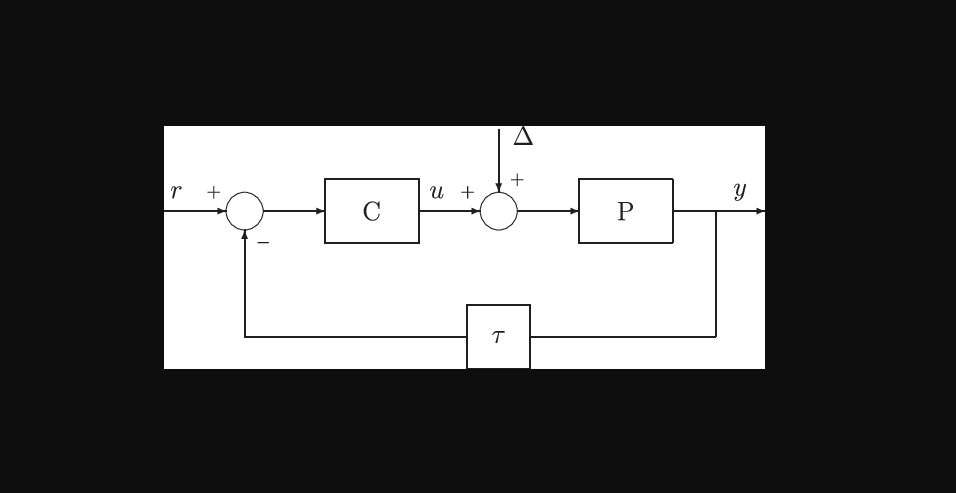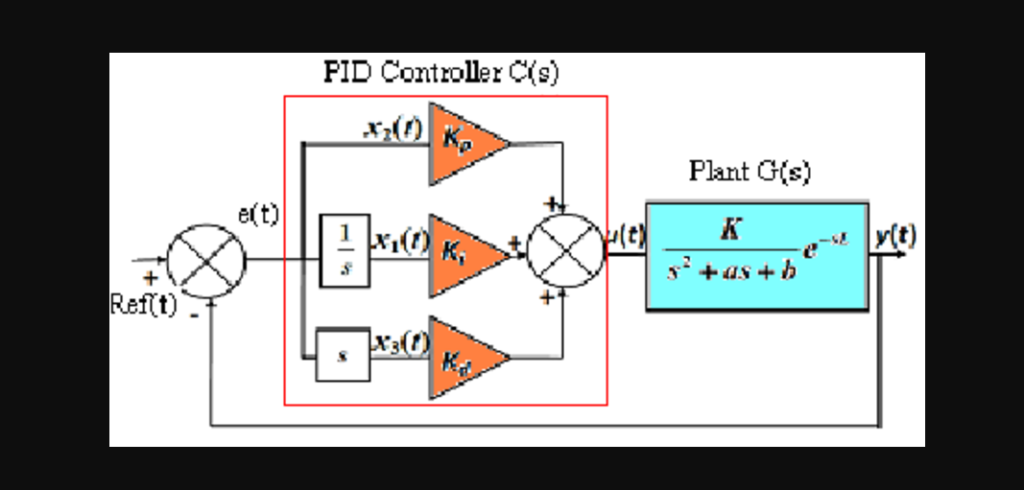Control systems are the backbone of modern engineering, ensuring that machines, devices, and systems operate smoothly and accurately. Therefore of the more complex challenges in this field is dealing with delays in the system’s response. Additionally article dives into Control Systems with Delay State Space, explaining what it is, why it matters, and how eTAZ Systems tackles this challenge.
What Are Control Systems with Delay?

In an ideal world, a control system would respond to any input immediately. But in reality, there’s often a delay between when an input is given and when the system reacts. These delays can be due to processing time, signal transmission, or even the system’s internal mechanics. If not properly managed, likewise these delays can cause instability, reduced performance, or even system failures.
To understand and manage these delays, nevertheless engineers use a mathematical framework called “state space.” When delays are part of the system, the state space model becomes more complex, requiring careful consideration to accurately predict system behavior and design effective control strategies.
Why Delays Matter in Control Systems
Delays in control system are more common than you might think. They can occur in a wide range of applications—from robotics and telecommunications to power systems and industrial automation. Firstly example, in a robotic arm, the delay might come from the time it takes for a control signal to reach the motor. In power systems, delays could be caused by the time it takes for signals to travel through the network.
These delays are important because even a tiny lag can lead to issues like oscillations or instability. That’s why it’s crucial to account for delays when designing control systems.
How to Handle Delays in State Space Representation
State space representation is a powerful tool used in control system design. It models the system’s behavior using a set of equations. When delays are present, illustrate the model needs to be adjusted to include these delays. Here are some common methods:
- Augmented State Space: This method adds extra state variables to represent the delayed inputs or outputs.
- Delay Differential Equations (DDEs): These equations explicitly include time delays in the system’s dynamics.
- Approximation Methods: Techniques like Padé approximation can represent delays in a way that makes the system easier to model without explicitly including delay terms.
Each method has its pros and cons, and the choice depends on the specific application and the nature of the delay.
Real-World Applications
Control systems with delays are used across many industries. Some key applications include:
- Industrial Automation: Delays in manufacturing processes can be caused by long signal transmission distances or slow mechanical responses. Proper delay management ensures the production process remains smooth.
- Telecommunications: Communication networks naturally have delays as signals travel through the network. Managing these delays is essential for maintaining stable and efficient network performance.
- Robotics: Robots can experience delays due to communication lags or slow sensor processing. Designing controllers that compensate for these delays ensures precise and stable operation.
- Power Systems: In power grids, delays in control signals can affect the stability and reliability of the network. Proper modeling helps maintain grid stability.
- Automotive Systems: Modern vehicles rely on control systems for functions like engine management and stability control. Delays here can arise from sensors or actuators, and proper design ensures vehicle safety and performance.
Challenges in Designing Control Systems with Delay
Designing control systems that handle delays is no easy task. Some of the main challenges include:
- Stability Analysis: Delays can make it harder to ensure the system remains stable. Advanced techniques like the Lyapunov-Krasovskii method are often used.
- Controller Design: Special strategies, furthermore such as Model Predictive Control (MPC) or H-infinity control, are required to manage delayed dynamics.
- Computational Complexity: Modeling systems with delays can be resource-intensive, requiring efficient algorithms and powerful computational tools.
- Implementation Issues: Real-world constraints, like hardware limitations or network bandwidth, must be considered when implementing these systems.
eTAZ Systems: Your Expert Partner
At eTAZ Systems, we excel in designing advanced control systems that manage delays with precision. Our experienced team develops robust solutions for a variety of applications, from industrial automation to robotics and power systems.
Overall We use cutting-edge tools and techniques to model and analyze control systems with delays, ensuring that our solutions are stable, efficient, and tailored to your specific needs.
Frequently Asked Questions (FAQs)
Q1: What is a control system with delay state space?
A: It’s a system where delays are included in the state space model, additionally affecting the system’s behavior and requiring special consideration in control design.
Q2: Why are delays important in control systems?
A: Delays can impact performance and stability. If not managed properly, they can lead to problems like oscillations or instability.
Q3: How are delays modeled in state space representation?
A: Various methods like augmented state space, delay differential equations, or Padé approximation are used to model delays.
Q4: What are some common applications of control systems with delays?
A: These systems are used in industrial automation, besides telecommunications, robotics, power systems, and automotive systems.
Q5: What challenges are associated with designing control systems with delays?
A: Challenges include stability analysis, controller design, computational complexity, and real-world implementation issues.
Q6: How does eTAZ Systems approach the design of control systems with delays?
A: We use advanced modeling and analysis techniques to create robust, efficient control systems that handle delays effectively.
Q7: Can delays be completely eliminated in control systems?
A: While it’s hard to eliminate delays entirely, they can be managed and minimized with the right design and strategies.
Q8: What tools are used to design and analyze control systems with delays?
A: Tools like MATLAB, Simulink, and specialized delay differential equation software are commonly used.
Q9: Is it possible to retrofit existing control systems to handle delays?
A: Yes, existing systems can often be updated with delay compensation techniques.
Q10: How do delays impact the performance of a control system?
A: Delays can cause slower response times, oscillations, or instability, but proper design can mitigate these effects.
Conclusion
Control systems with delay state space are crucial in many engineering applications. By understanding and managing these delays, you can design systems that are stable and efficient. At eTAZ Systems, we commit to providing top-notch solutions that tackle the challenges of delay in control systems, moreover helping you achieve the best possible performance and reliability in your projects.
